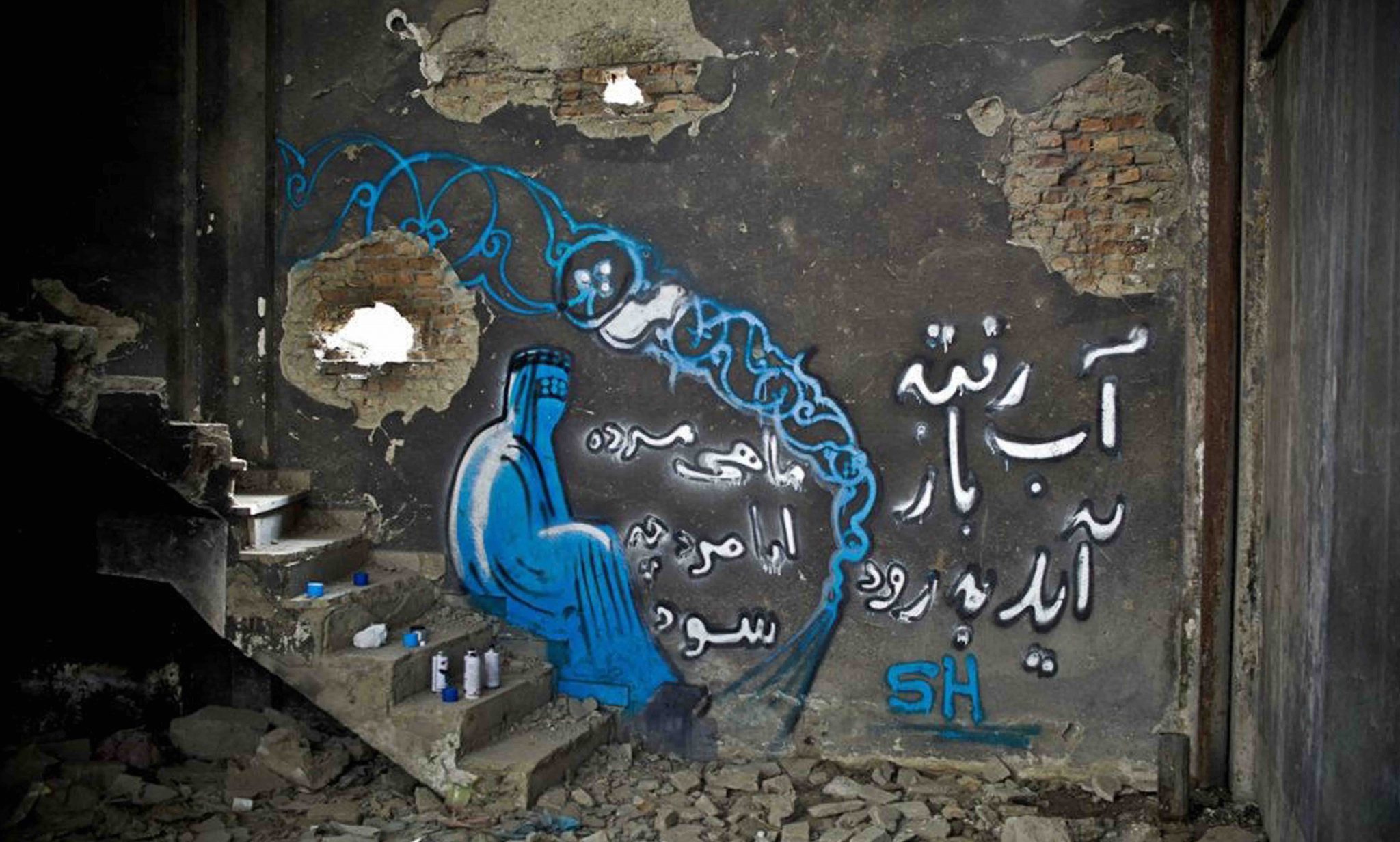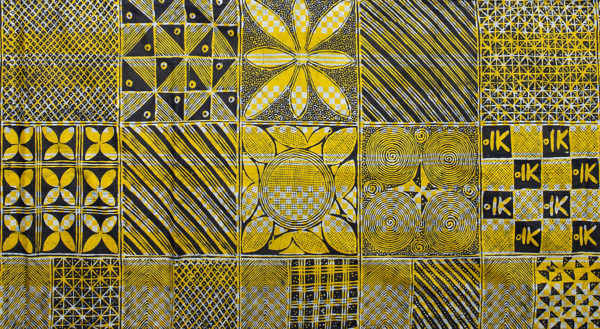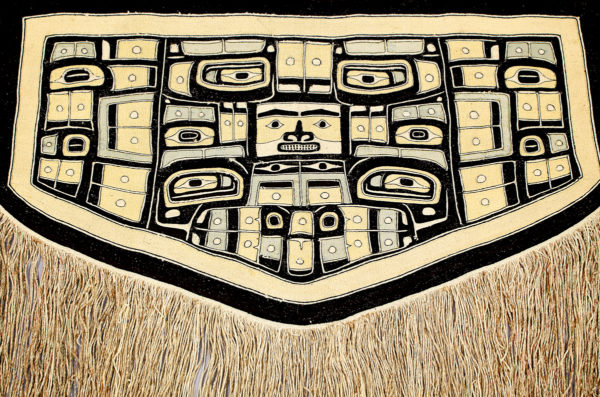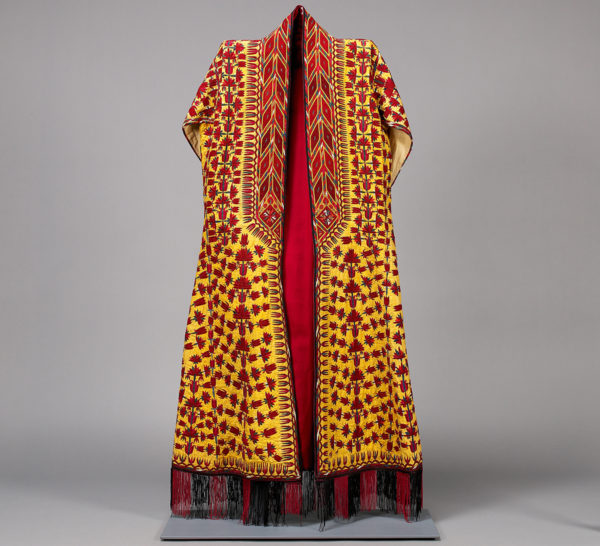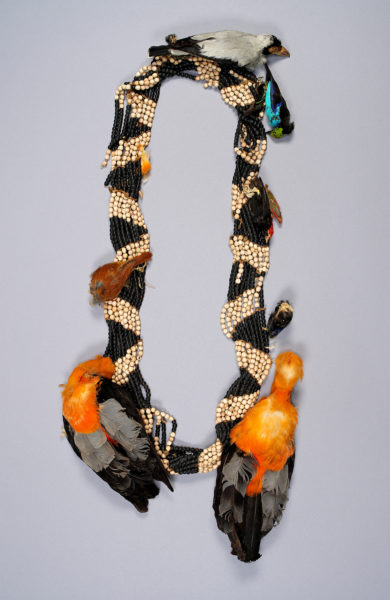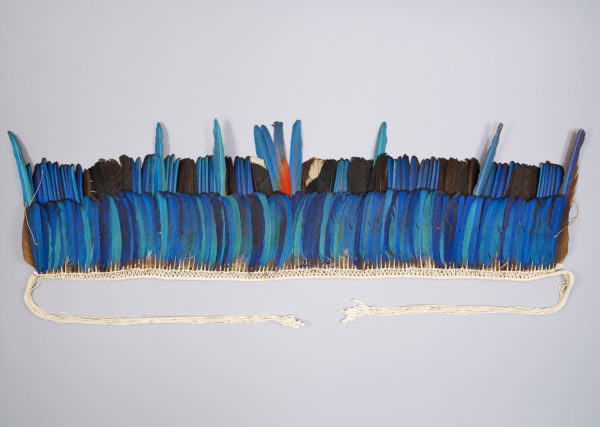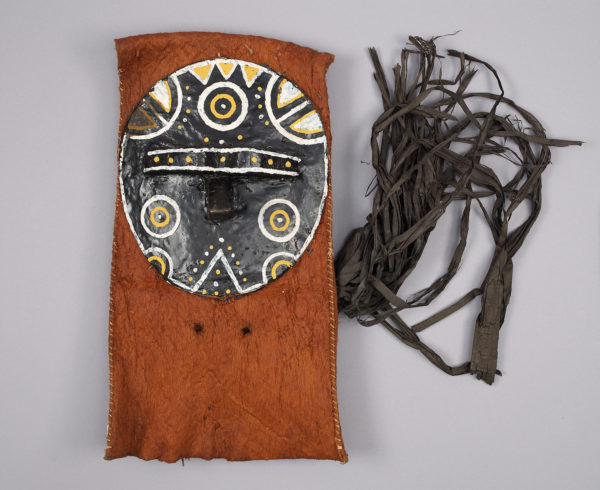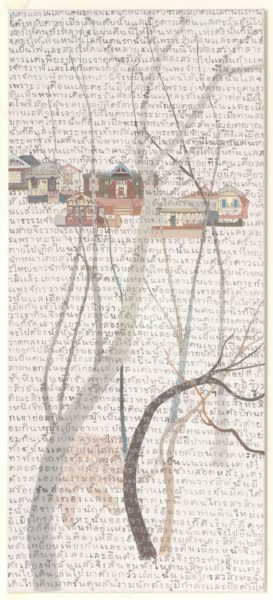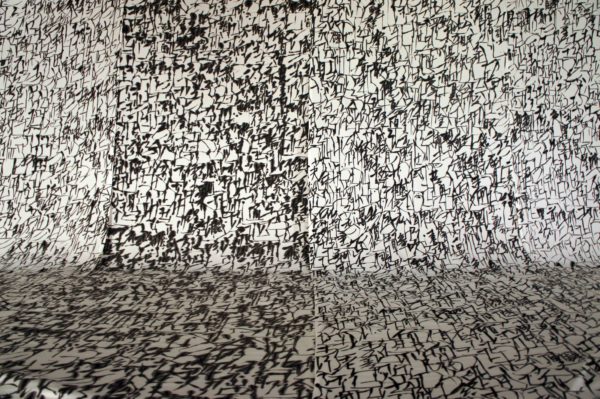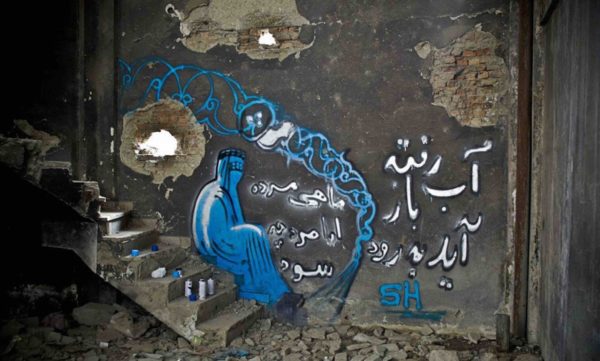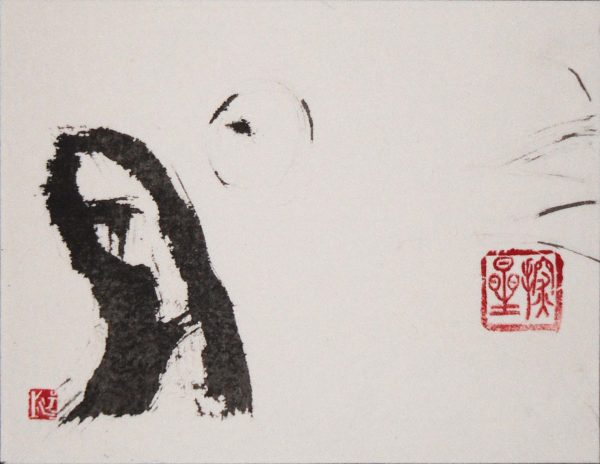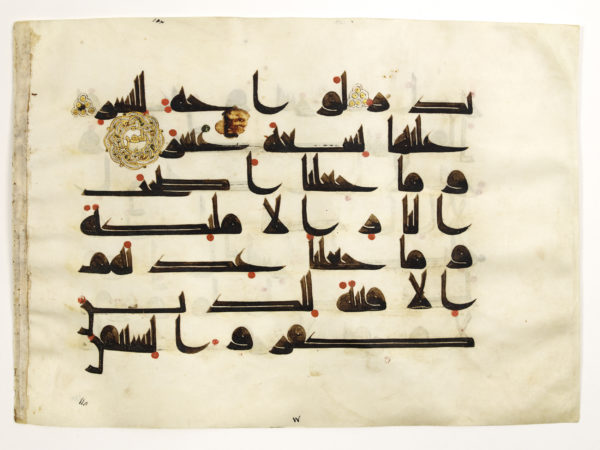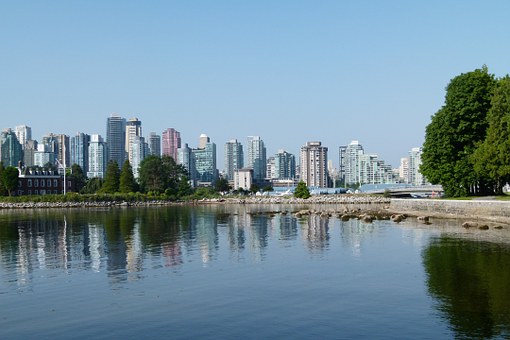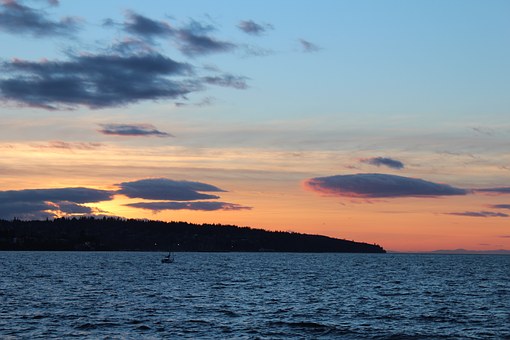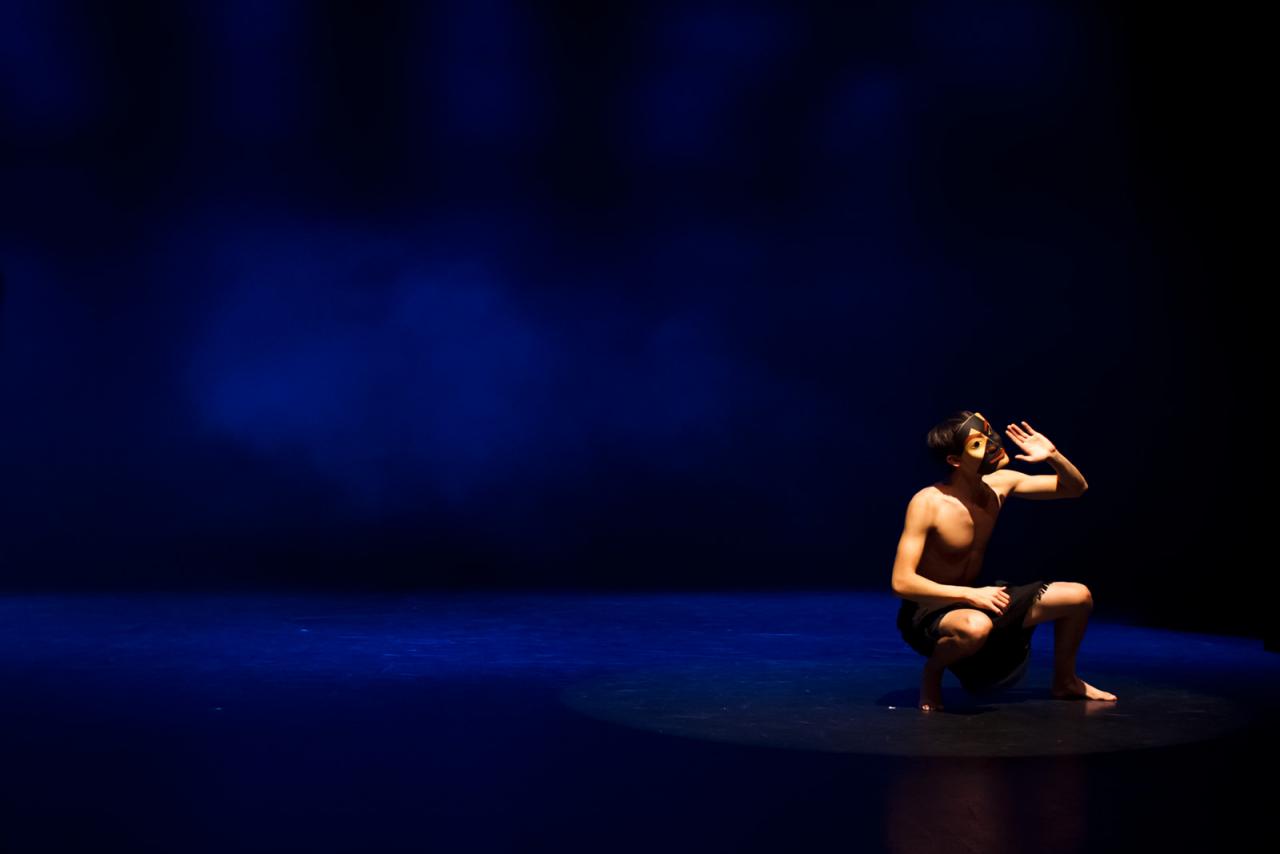The Museum of Anthropology (MOA) at UBC announces three new, insightful exhibitions as part of its diverse and captivating 2016/17 season. These enriching exhibitions, featuring an impressive and varied collection of intriguing objects and artworks, will explore themes of self-reflection and expression in the form of a wide range of physical manifestations. They will include globally relevant textiles, socially conscious Amazonian artifacts, and culturally significant Asian manuscripts.
“At MOA, it is our mission and mandate to foster a deeper awareness and appreciation of different social and cultural perspectives, philosophies, and artistic expressions worldwide — and how they relate to our own western worldviews,” says MOA Director Dr. Anthony Shelton. “Even as it offers a window on the farthest reaches of the world, our 2016/17 season invites visitors to gaze inward. These exhibitions challenge our own notions of identity and social philosophy, and offer insight on the fascinating and thought-provoking cultural expressions that unite modern-day Vancouverites to the human experience.”
Major, New Exhibitions featured in MOA’s 2016/17 season include:
Layers of Influence: Unfolding Cloth across Cultures
November 17, 2016 – April 9, 2017
From birth to death, humans are wrapped in cloth worn for survival, but more importantly, wear clothing as an external expression of their spiritual belief system, social status and political identity. This stunning exhibition will explore clothing’s inherent evidence of human ingenuity, creativity and skill, drawing from MOA’s textile collection — the largest collection in Western Canada — to display a global range of materials, production techniques and adornments across different cultures and time frames.
Curated by Dr. Jennifer Kramer (MOA Curator, Pacific Northwest), Layers of Influence will entrance MOA visitors with large swaths of intricate textiles often worn to enhance the wearer’s prestige, power and spiritual connection, including Japanese kimonos, Indian saris, Indonesian sarongs, West African adinkra, adire and kente cloth, South Pacific barkcloth, Chinese Qing dynasty robes, Indigenous Northwest coast blankets, Maori feather cloaks and more. A sumptuous feast for the eyes, the exhibition is an aesthetic and affective examination of humanity’s multifaceted and complex history with cloth and its ability to amplify the social, political and spiritual influence of the wearer as a functional expression of self-identity.
Amazonia: The Rights of Nature
March 9, 2017 – January 28, 2018
MOA will showcase its Amazonian collections in a significant exploration of socially and environmentally-conscious notions intrinsic to indigenous South American cultures, which have recently become innovations in International Law. These are foundational to the notions of Rights of Nature, and they have been consolidating in the nine countries that share responsibilities over the Amazonian basin. These depart from a social philosophy, known in Spanish as “buen vivir”, in which the concept of a good life proposes a holistic approach to development that intertwines notions of unity, equality, dignity, reciprocity, social and gender equality – a rallying cry to move beyond Western ideals and practices of development and progress largely measured by profit.
Curated by Dr. Nuno Porto (MOA Curator, Africa and Latin America), Amazonia: The Rights of Nature will feature Amazonian works of basketry, textiles, carvings, feather works and ceramics both of everyday and of ceremonial use, representing Indigenous, Maroon and white settler communities that today articulate against the threats caused by political violence, mining, oil and gas exploration, industrial agriculture, forest fires, road building and hydroelectric plants. Challenging visitors to examine their own notions toward holistic wellbeing, the exhibition will cover more than 100 years of unsuspected relationships between Vancouver and Amazonian peoples, ideas and their struggles.
Traces of Words: Art and Calligraphy from Asia
May 11 – October 9, 2017
Words and their physical manifestations are explored in this insightful exhibition, which will honour the special significance that written forms, especially calligraphy, hold across the many unique cultures of Asia – a vast geographical area boasting the greatest diversity of languages in the world. Traces of Words: Art and Calligraphy from Asia will showcase the varied forms of expression associated with writing throughout Asia over the span of different time periods: from Sumerian cuneiform inscriptions, Qu’ranic manuscripts, Southeast Asian palm leaf manuscripts and Chinese calligraphy from MOA’s Asian collection to graffiti art from Afghanistan and contemporary artworks using Japanese calligraphy, and Tibetan and Thai scripts.
Curated by Dr. Fuyubi Nakamura (MOA Curator, Asia), the multimedia exhibition will meditate on the physical traces of words – both spoken and recorded – unique to humans. Embodying both the ephemeral and eternal elements innate to the human experience, the cultural significance of words and their artistic representation through calligraphy, painting, digital works and mixed media are examined. Traces of Words will feature works from five international artists – Shamsia Hassani, Tsubasa Kimura, Nortse, Phaptawan Suwannakudt, and teamLab — who are exhibiting their work in Canada for the first time.
In addition to these three major exhibitions, MOA will also present two artistic festivals in its revered Great Hall. The Taiwanese Puppetry Festival, a rich exploration of Taiwan’s complex identity through live performance, runs November 3–8, 2016 and features two distinguished puppetry groups, Puppet & Its Double Theatre and The Happy Puppetry Company. Meanwhile, the tenth anniversary of the Coastal First Nations Dance Festival, produced by the Dancers of Damelahamid in partnership with MOA, will take place February 28 – March 5, 2017, and will showcase the diverse cultural traditions practiced by a selection of some of the best artists from coastal British Columbia, in addition to national and international guest artists.
About MOA (moa.ubc.ca)
The Museum of Anthropology (MOA) at the University of British Columbia (UBC) is world-renowned for its collections, research, teaching, public programs, and community connections. Founded in 1949 in the basement of the Main Library at UBC, its mission is to inspire understanding of and respect for world arts and cultures. Today, Canada’s largest teaching museum is located in a spectacular building overlooking mountains and sea. MOA houses more than 42,000 ethnographic objects and 535,000 archaeological objects, including many that originate from Asia (about 40% of MOA’s collection) as well as from the Northwest Coast of British Columbia. The Koerner Gallery features one of Canada’s most important European ceramics collections, while MOA’s recently opened Multiversity Galleries provide public access to more than 10,000 objects from around the world. The Audain Gallery and the O’Brian Gallery, MOA’s temporary exhibition spaces, showcase travelling exhibits, as well as those developed in-house.

